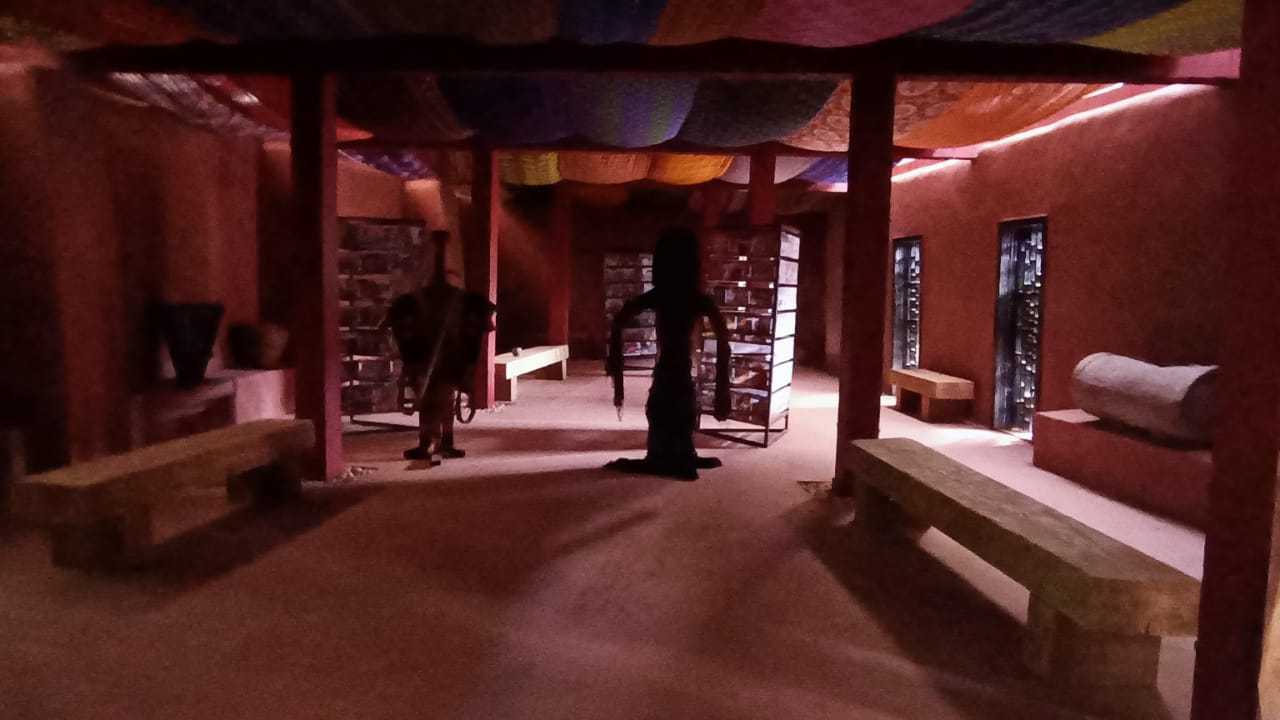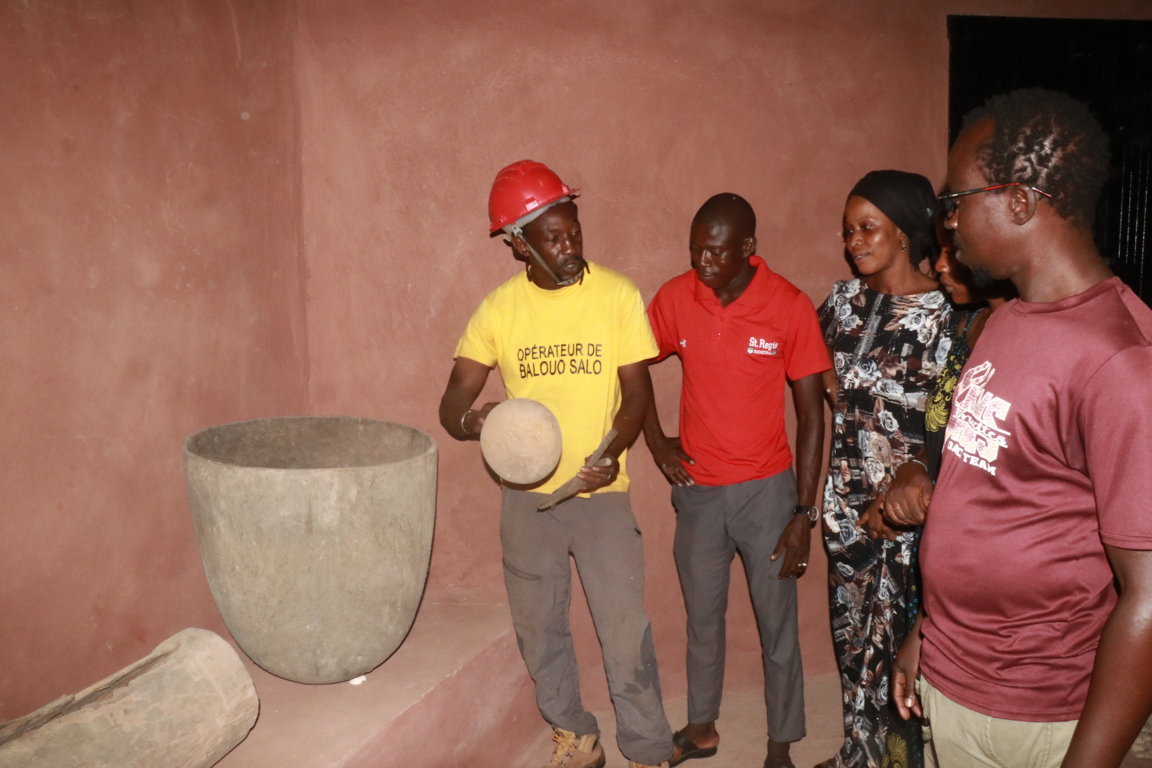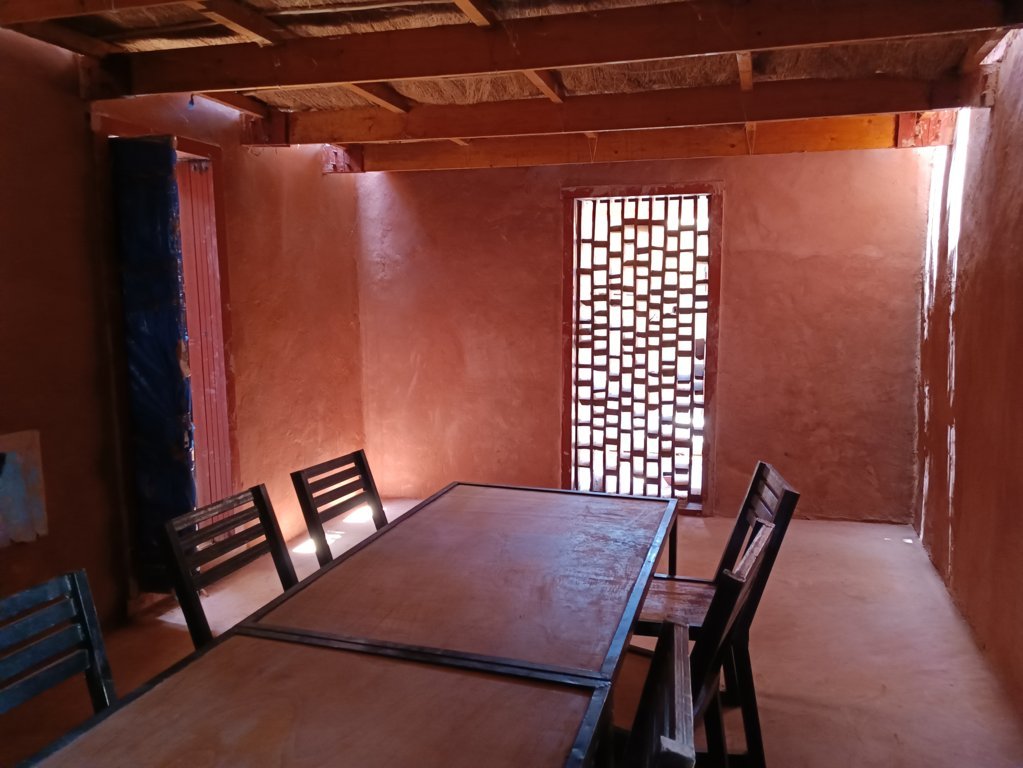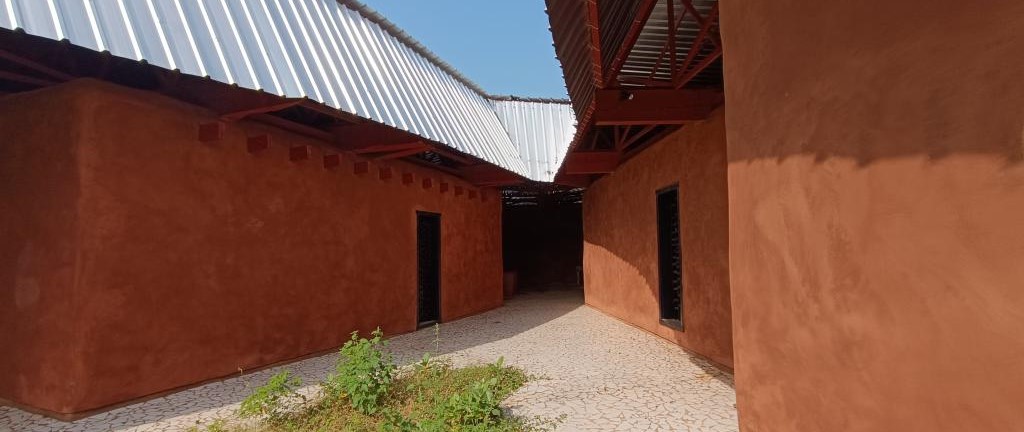
Multipurpose Cultural Center
A unique infrastructure for culture, tradition and development
Tanaff, Senegal

The Multipurpose Cultural Center and Museum of Traditions in Tanaff is an innovative initiative to promote local cultures and sustainable development of the territory. Located in the heart of the Tanaff municipality, it aims to become a cultural, educational, and community hub for the entire region thanks to unique sustainable architecture in the country and the involvement of the National Heritage Directorate of the Ministry of Culture.
The facility, covering a total of 1200 sqm (indoor and outdoor), includes a complex of buildings, two public squares, and spaces dedicated to training, promoting tradition, and socializing. Among these: a museum of cultures and traditions, rooms for training and meetings, offices, and sanitary facilities. It will be an international model of architectural sustainability, built entirely with local natural materials and with community participation.
The goal is to offer new educational, cultural, and professional opportunities, enhancing local identity and stimulating the growth of the territory.
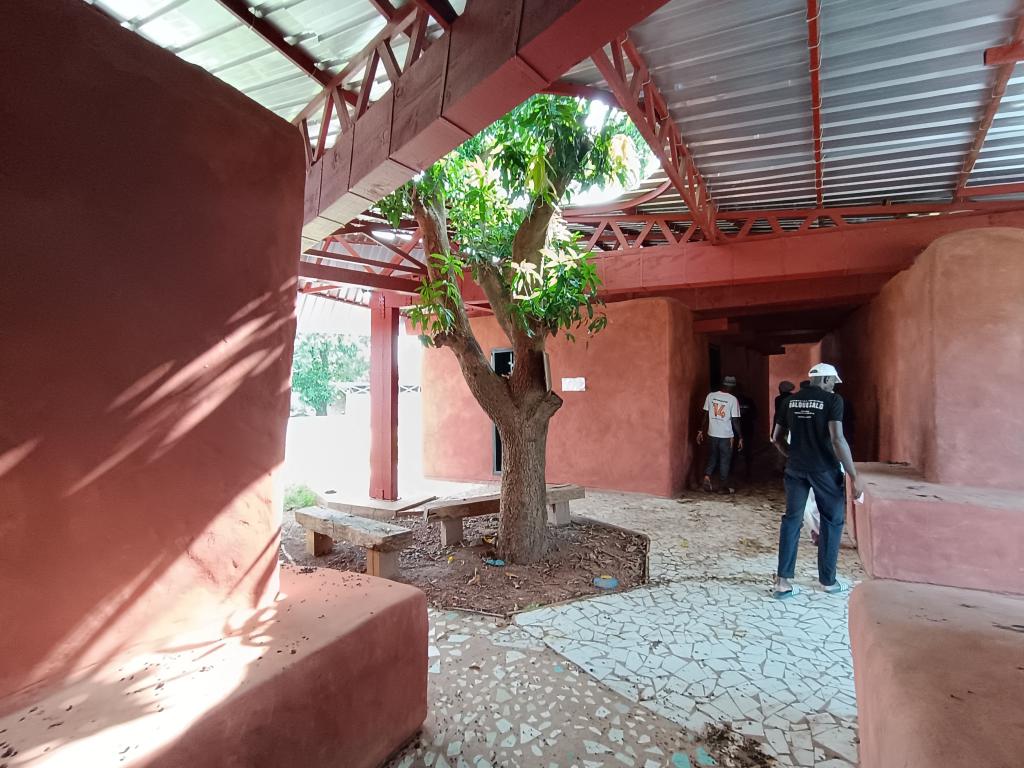
Enhance and preserve the cultural heritage of communities through a museum and exhibition spaces dedicated to local traditions.
Create a meeting place for events, intergenerational dialogue, and social cohesion within the community.
Integrate ecological building technologies to demonstrate the effectiveness of sustainable and replicable practices in the rural African context.
Provide spaces for courses, workshops, and educational activities aimed at youth and women, focusing on crafts, rights, environment, and health.
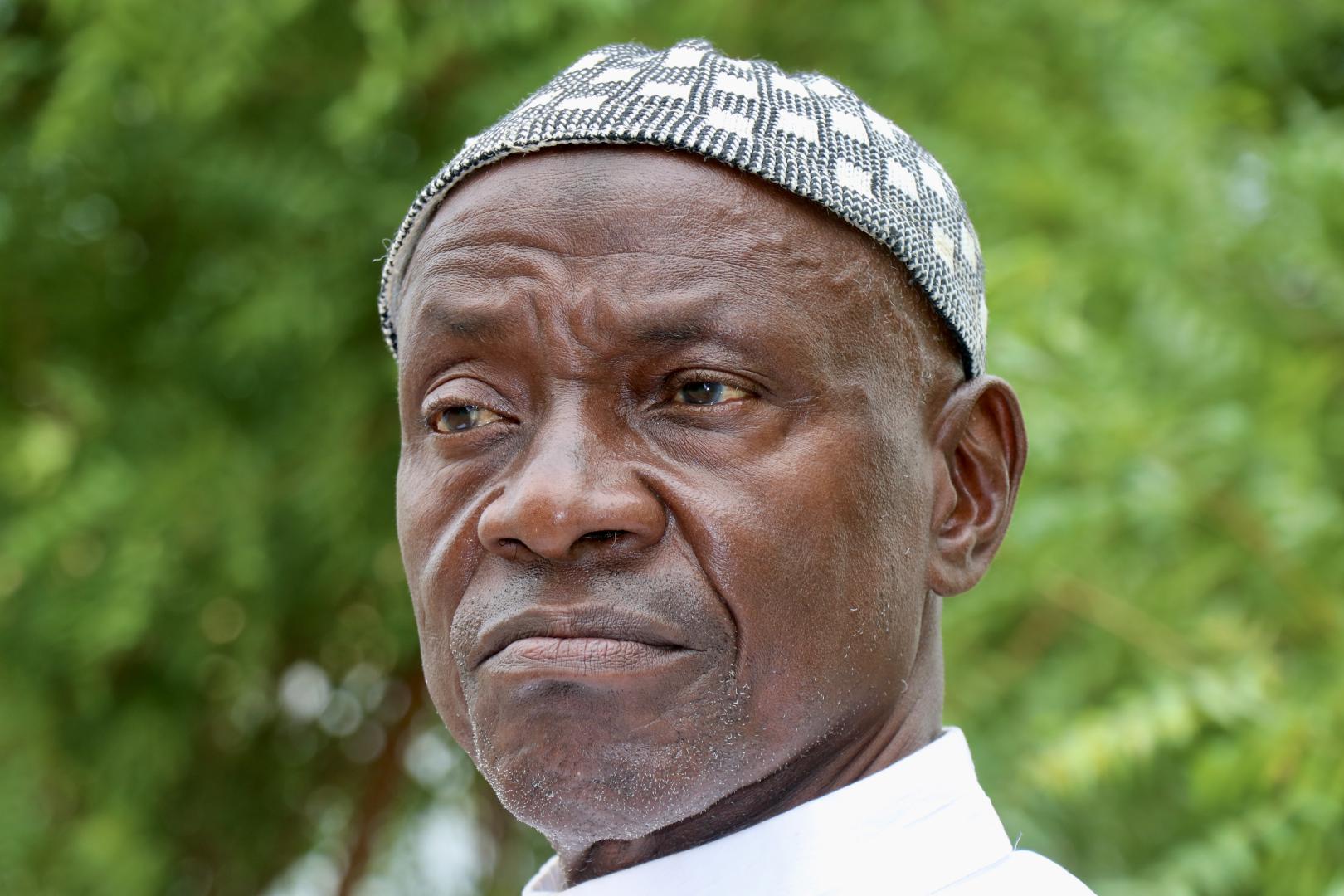
— Fossar Souane, historian - Senegal
Discover the project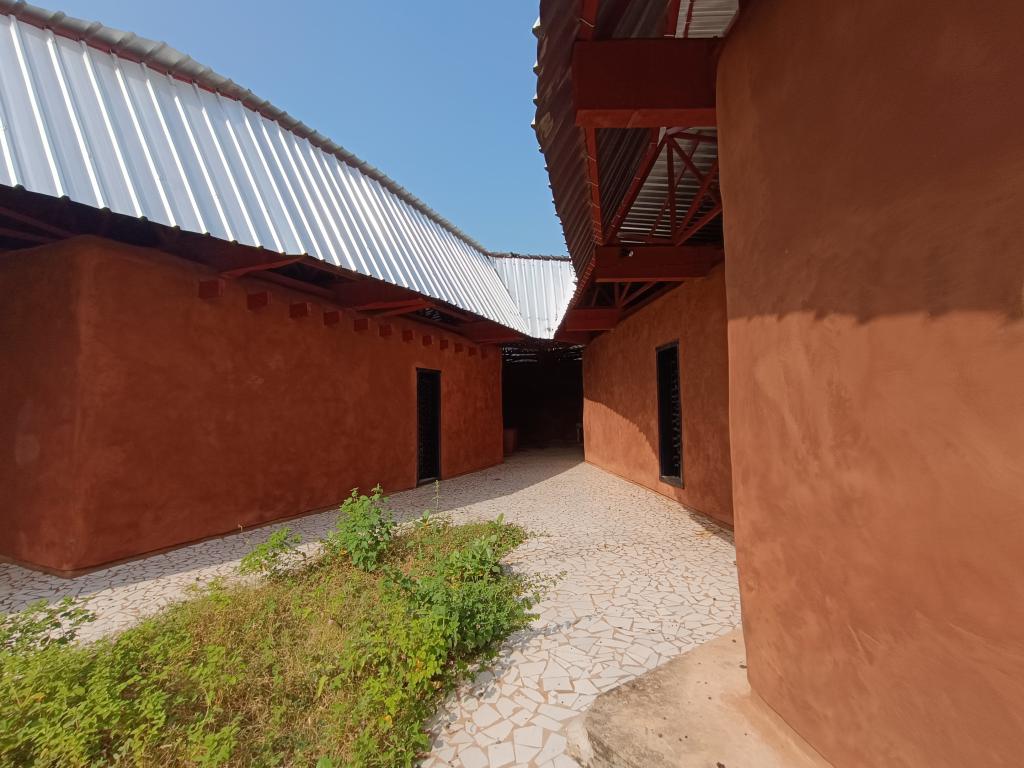
.JPG)
The Tanaff Multipurpose Center and Museum of Traditions was created to promote culture, education, social cohesion, and heritage preservation in the Sédhiou region, southern Senegal.
It is located at a strategic point in town: between the main market, the church, the mosque, and the community radio station — a crossroads that ensures broad accessibility. The facility is composed of covered volumes connected by a superstructure that provides shading and natural ventilation. Overall, it offers over 600 sqm of indoor space and 700 sqm of covered outdoor area.
Inside are a meeting room, a training room, an ethnographic museum, restrooms, and an office/storage area.
The center serves as a reference point for youth and the entire population, providing spaces for vocational training, awareness-raising, civic and environmental education, intercultural exchange, promotion of rights, business support, and safeguarding of intangible heritage.
A permanent exhibition area will collect local cultural artifacts at risk of disappearing, also contributing to the development of sustainable cultural tourism. The facility will be managed by a local committee supervised by the Municipality of Tanaff and the Ministry of Culture of the Republic of Senegal, aiming to become a model of development and innovation for the entire country.
The center was built using an innovative, ecological, and replicable technology based on compacted sandbags and earth and straw plaster finishes, a unique technique in West Africa.
The walls are over 70 cm thick, providing exceptional thermal insulation, improving indoor temperature by 10–15°C compared to outside, creating cool, comfortable environments suitable for the Sahelian climate.
The bags, filled with local sand, are compressed in a specially designed metal formwork and then stacked layer by layer with barbed wire to ensure cohesion and stability. Each bag weighs about 150 kg. The masonry is then manually compacted and vertically finished with safety ropes.
The external finish is made of stabilized earth with straw and sand, prepared artisanally using traditional and improved techniques. The mixture is left to rest, then stabilized with 5% cement, applied in three coats: filling, protection, and final finishing. Finally, a peanut oil treatment is applied on the surface.
All materials are local and zero-kilometer, drastically reducing costs and environmental impact. The process was designed to be easily replicable and accessible to rural communities.
Construction was carried out as self-building with the local community: masons trained by Balouo Salo, youth associations, schools, and village women actively participated in the site. The construction site became a true open-air training laboratory.
This architecture proves it is possible to combine sustainability, housing dignity, appropriate technology, and social inclusion in a single space.
Community participation
During construction, women's associations, elementary schools, and sports groups participated periodically, counting about 1,200 individuals who voluntarily contributed to this community project.
.JPG)
.JPG)
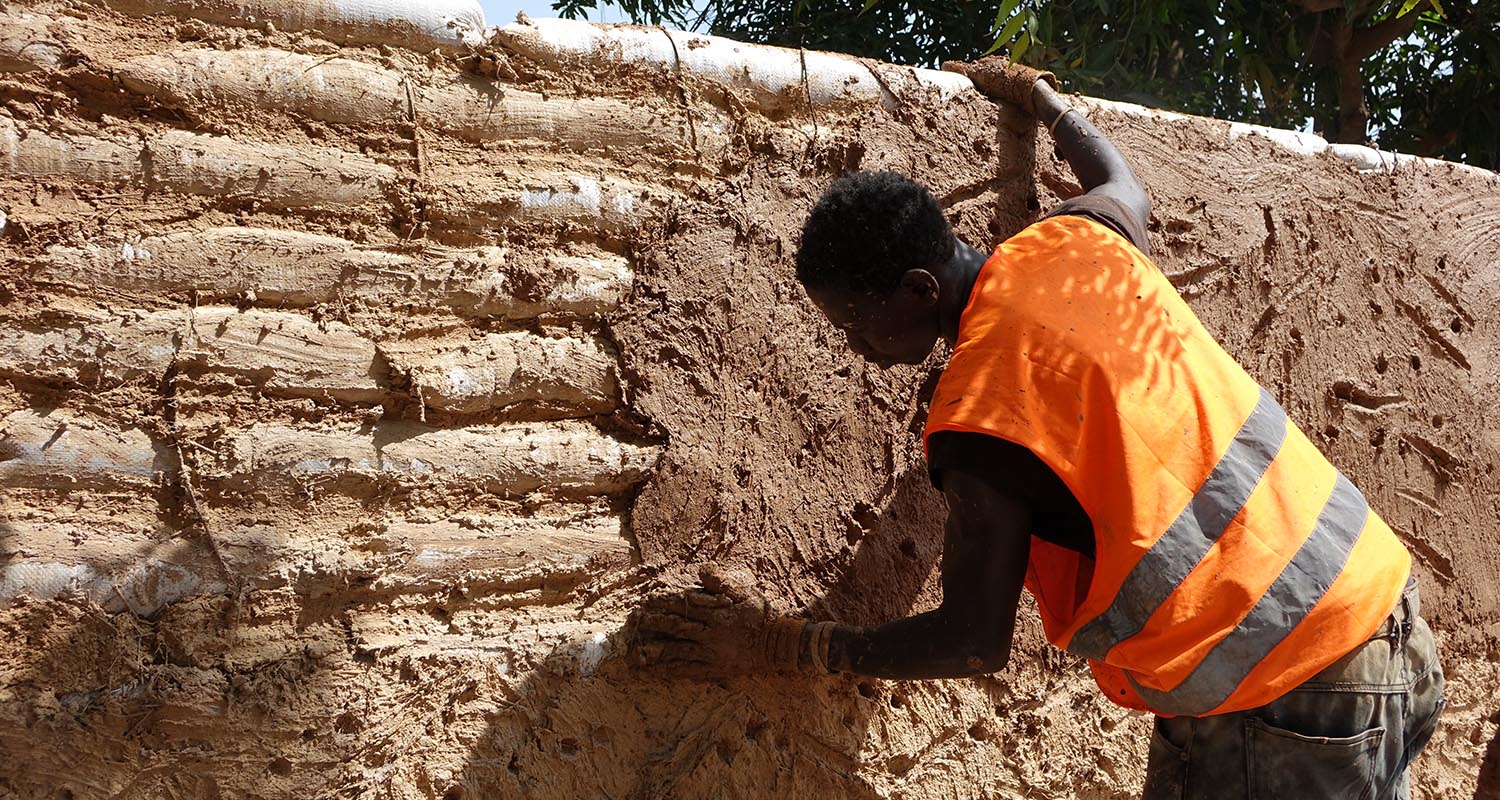

Inside the center, and more specifically in the Museum of Cultures and Traditions, are preserved centuries-old objects and memories of local traditions, gathered through socio-anthropological research conducted by local historians. Among these are unique objects worldwide, belonging to wise men, prophets, spiritual masters with no duplicates. Additionally, there are tools no longer in use today but that represent the history of civilizations.
Thanks to these extraordinarily valuable objects, the project aims to become a National Heritage site with the involvement of the Directorate of National Heritage of the Ministry of Culture.
Municipality of Tanaff
Sedhiou Region
Senegal, Africa

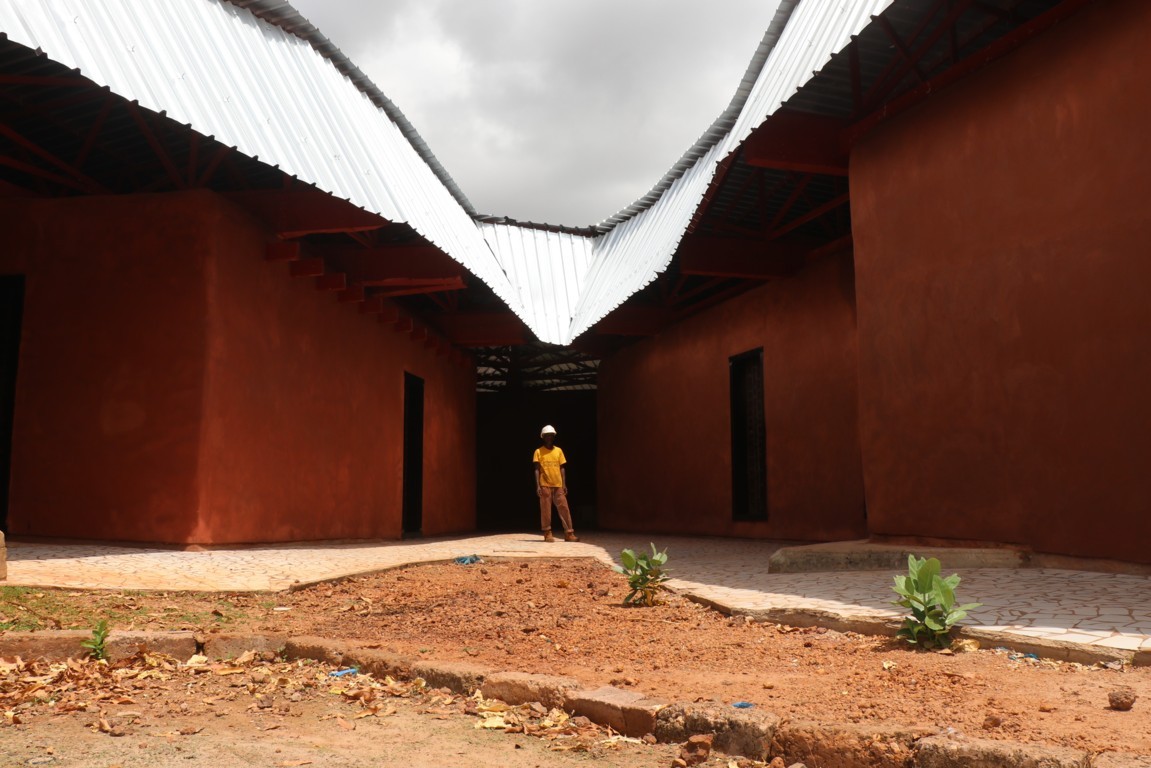
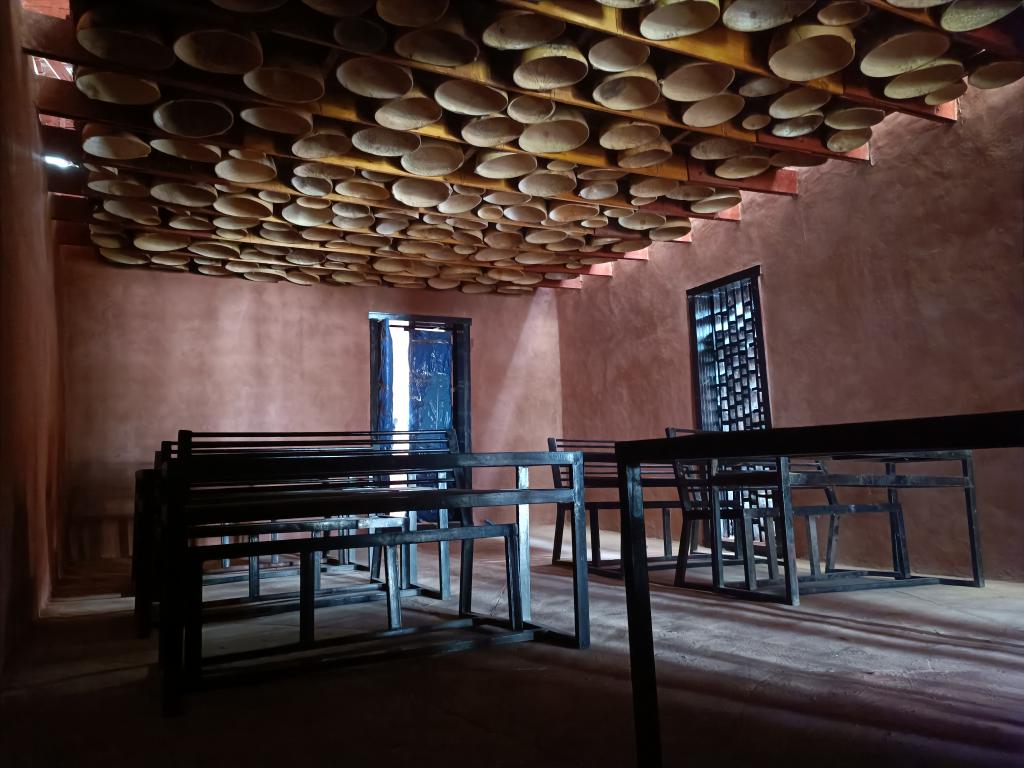
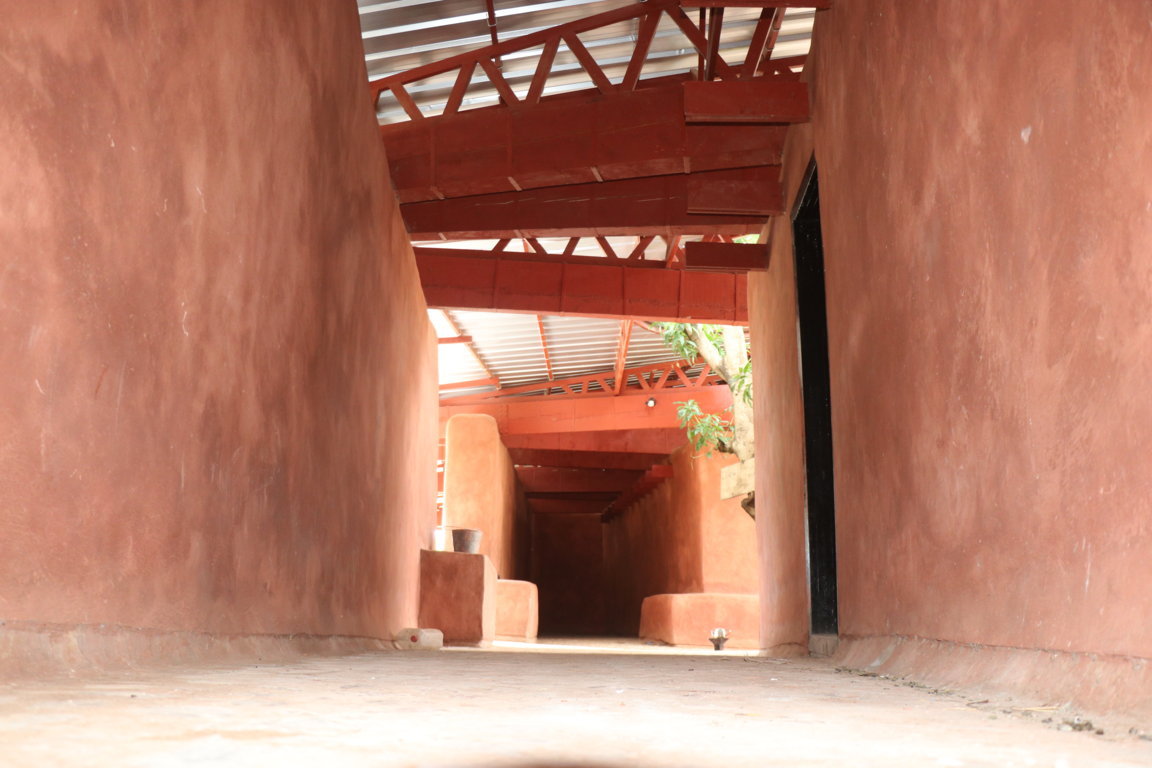
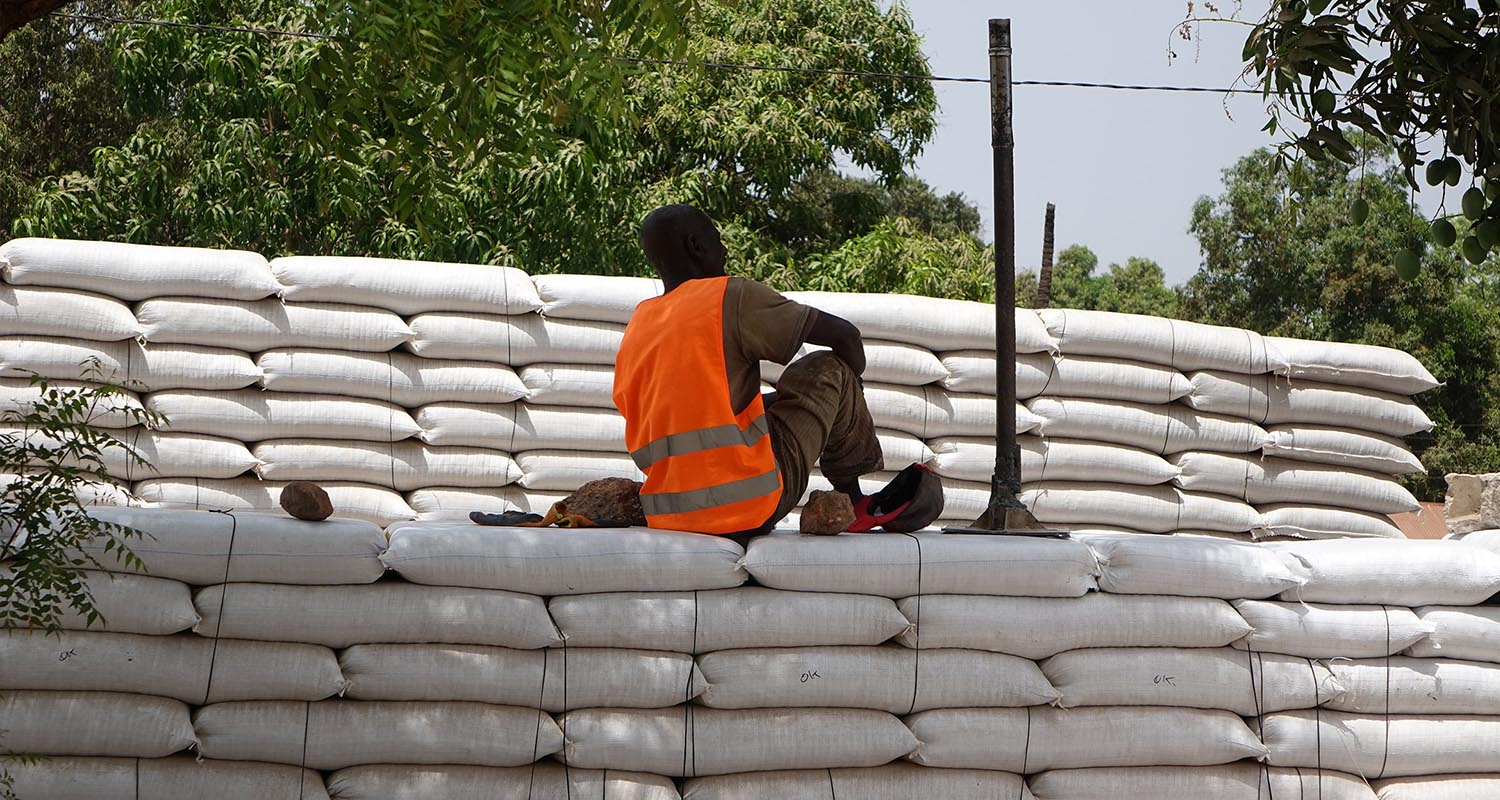
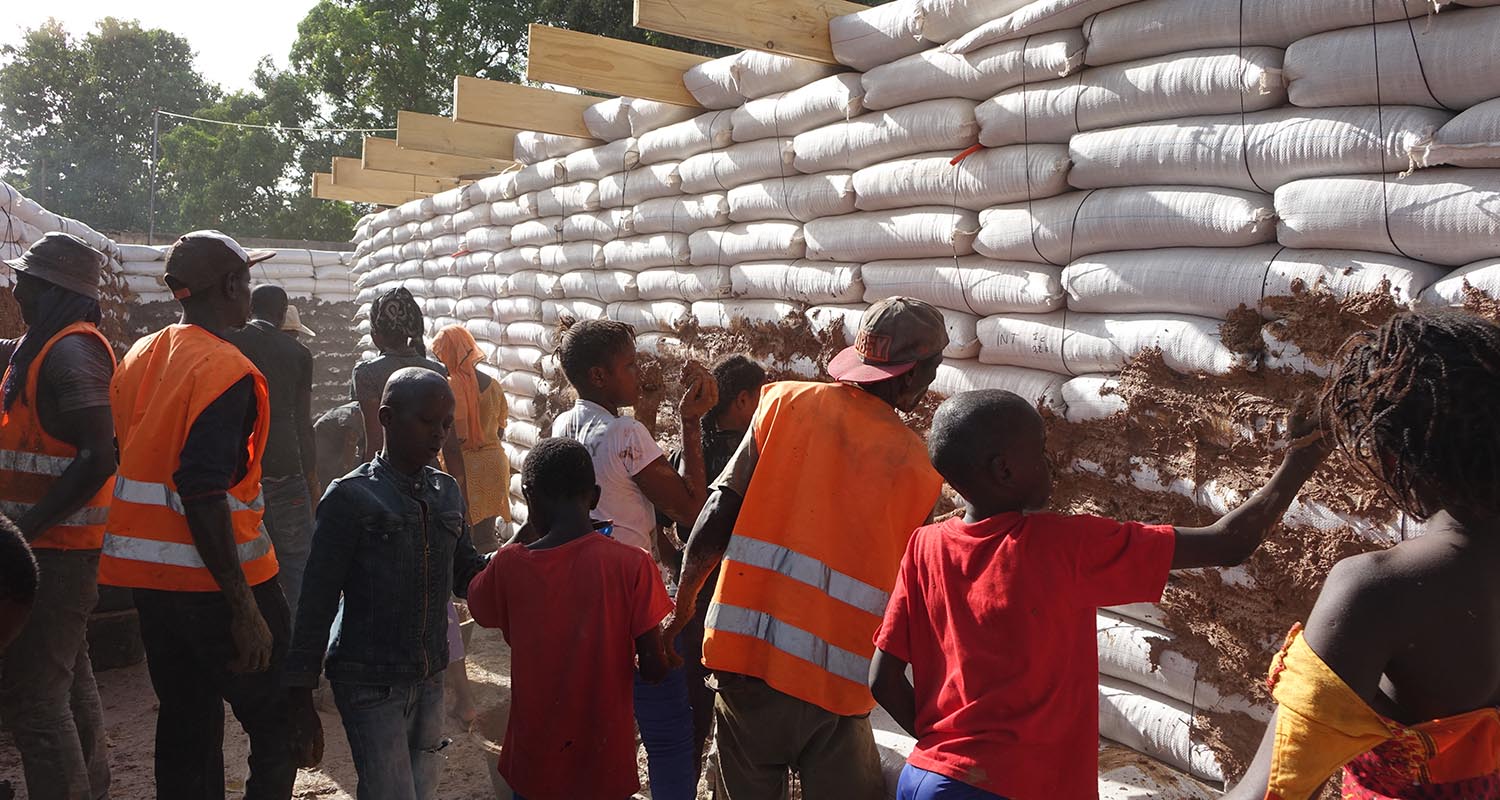

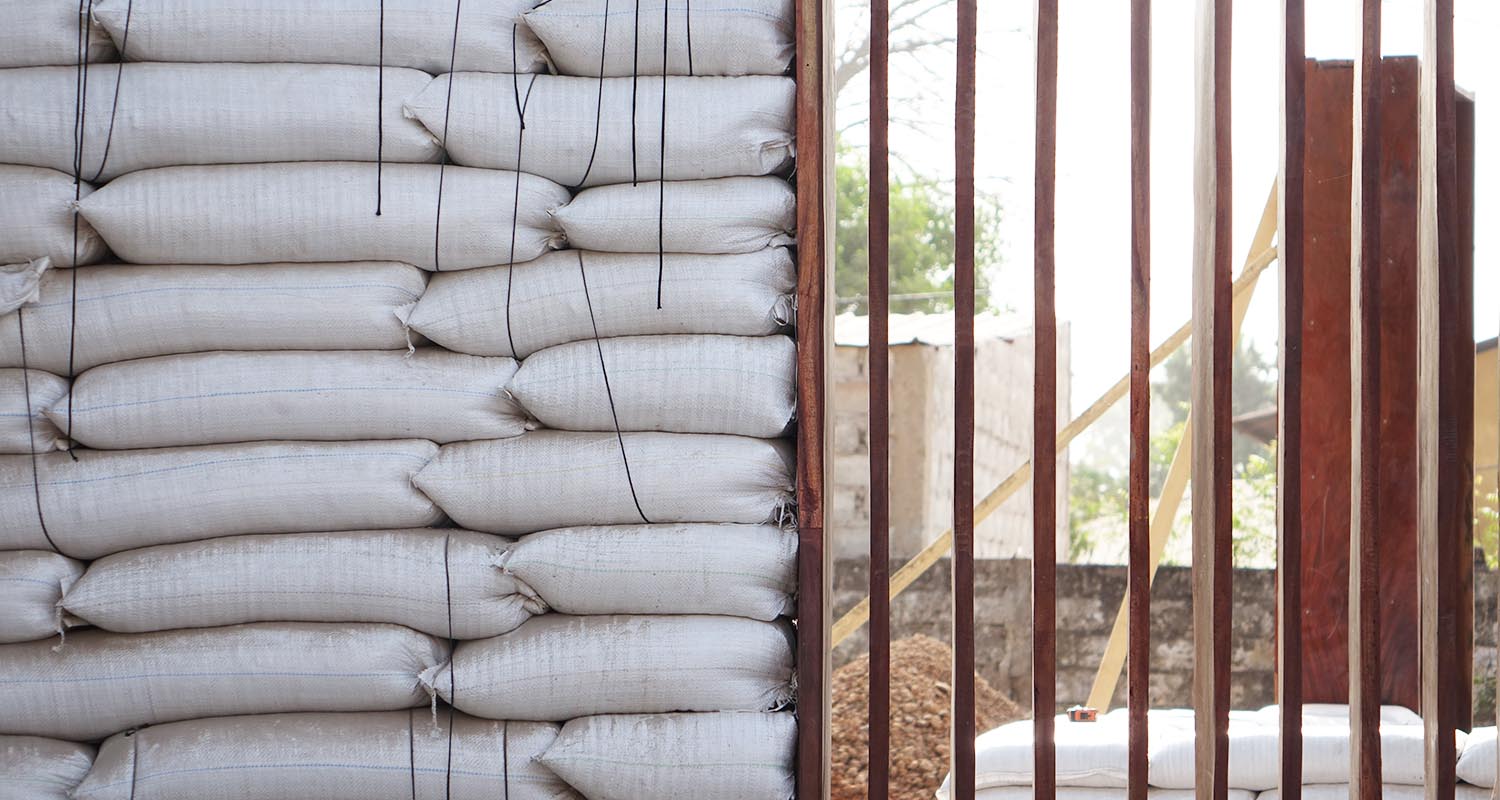
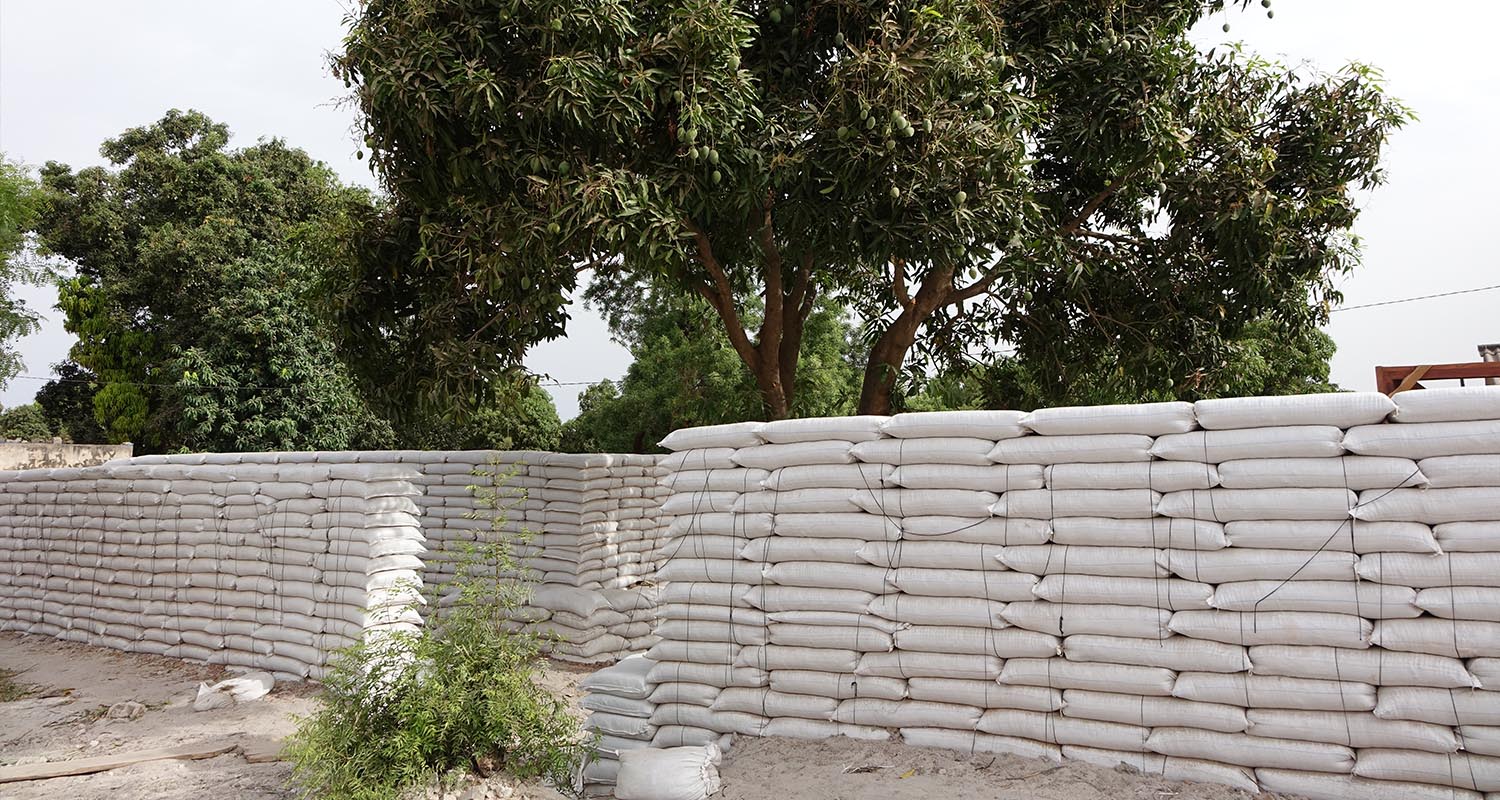

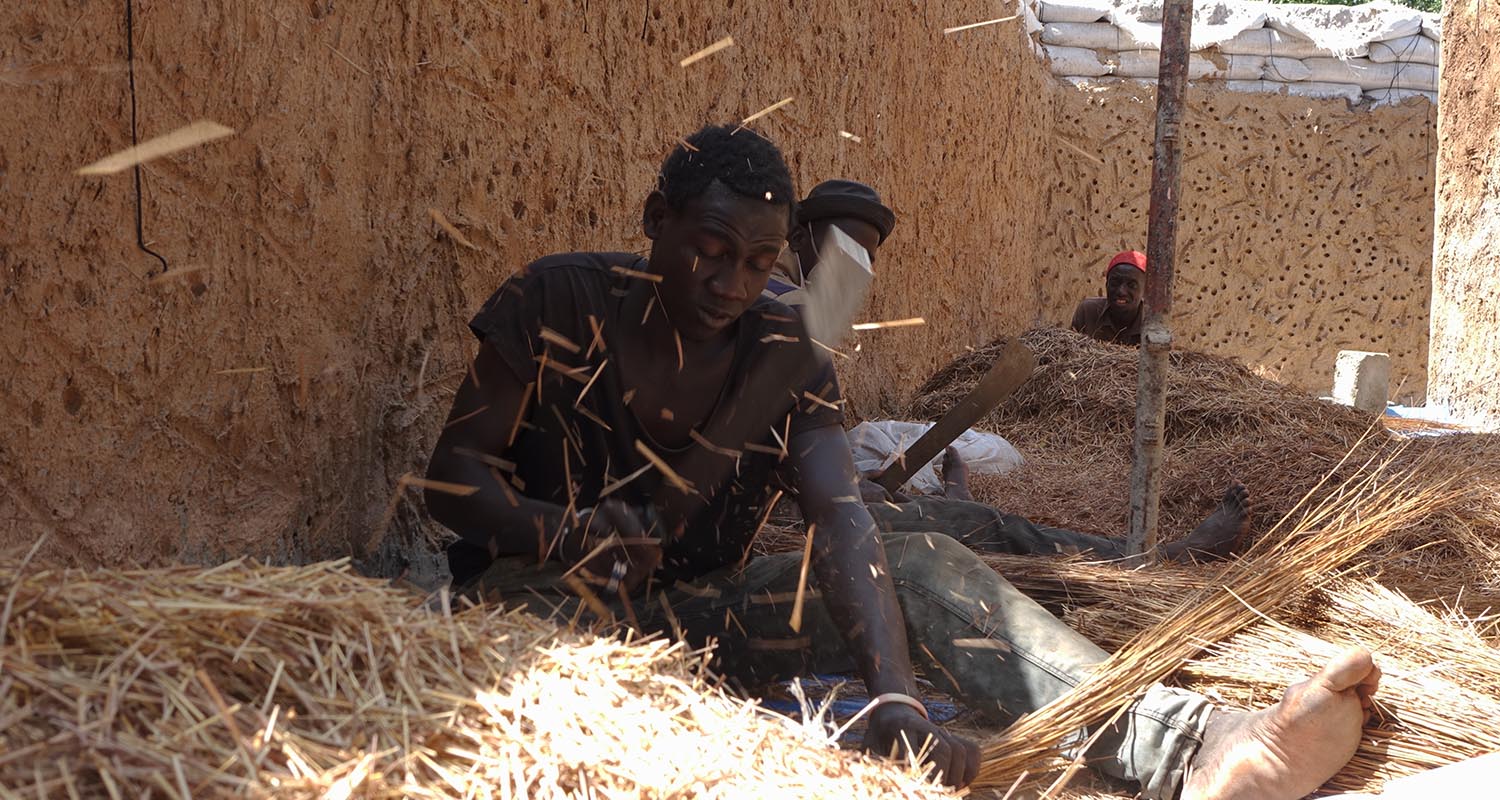
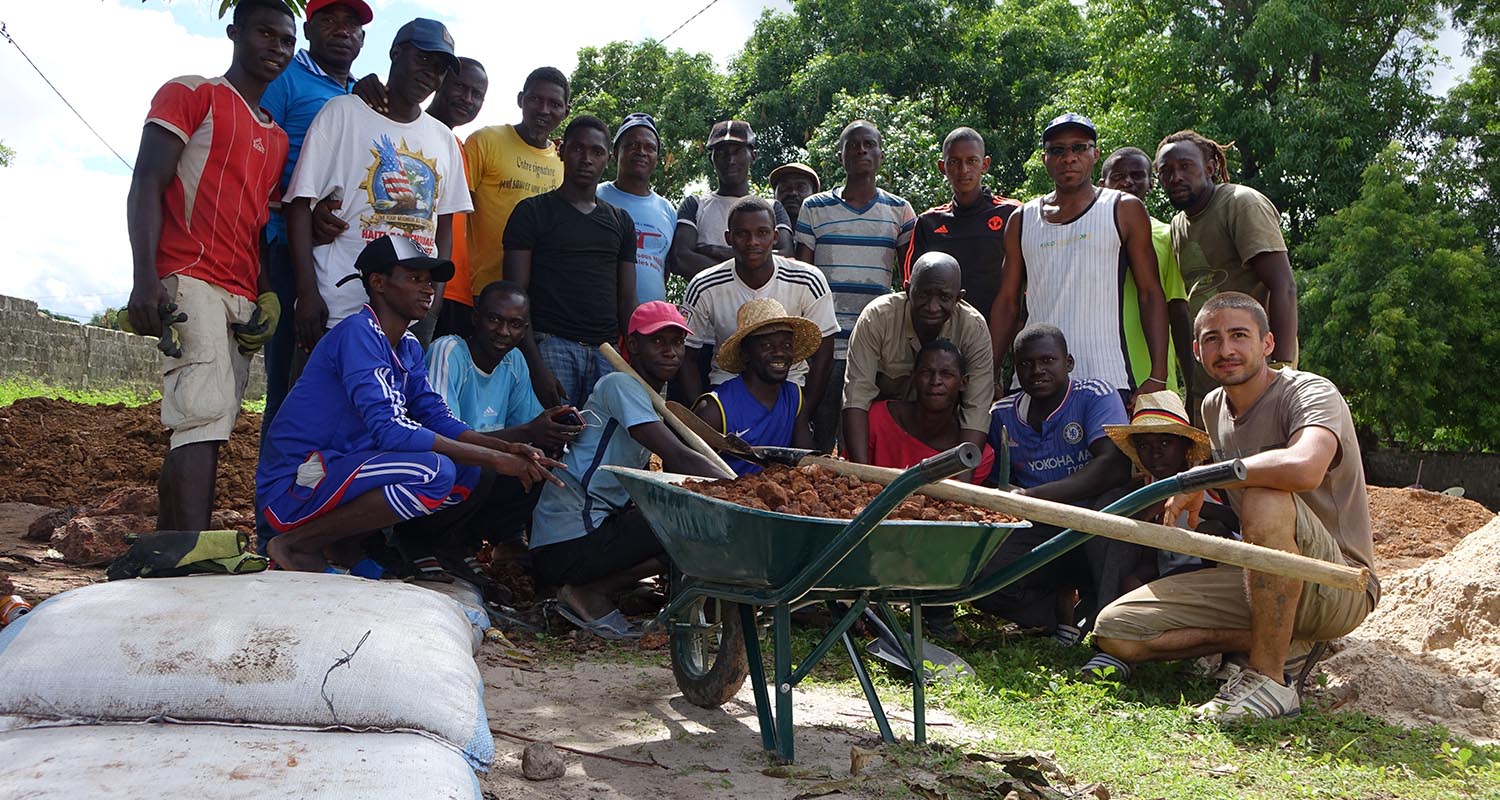

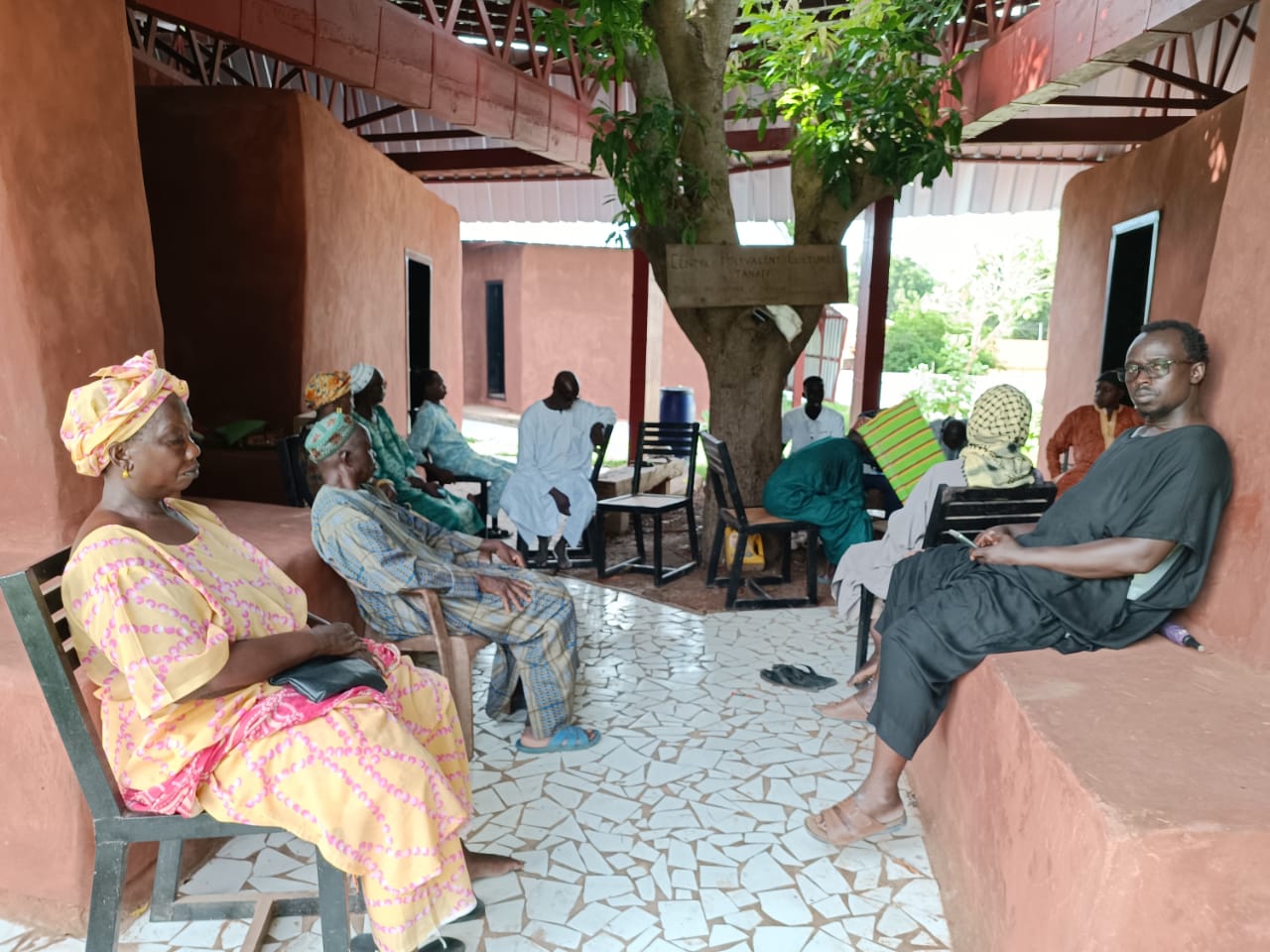

.JPG)
.JPG)
.JPG)
.JPG)
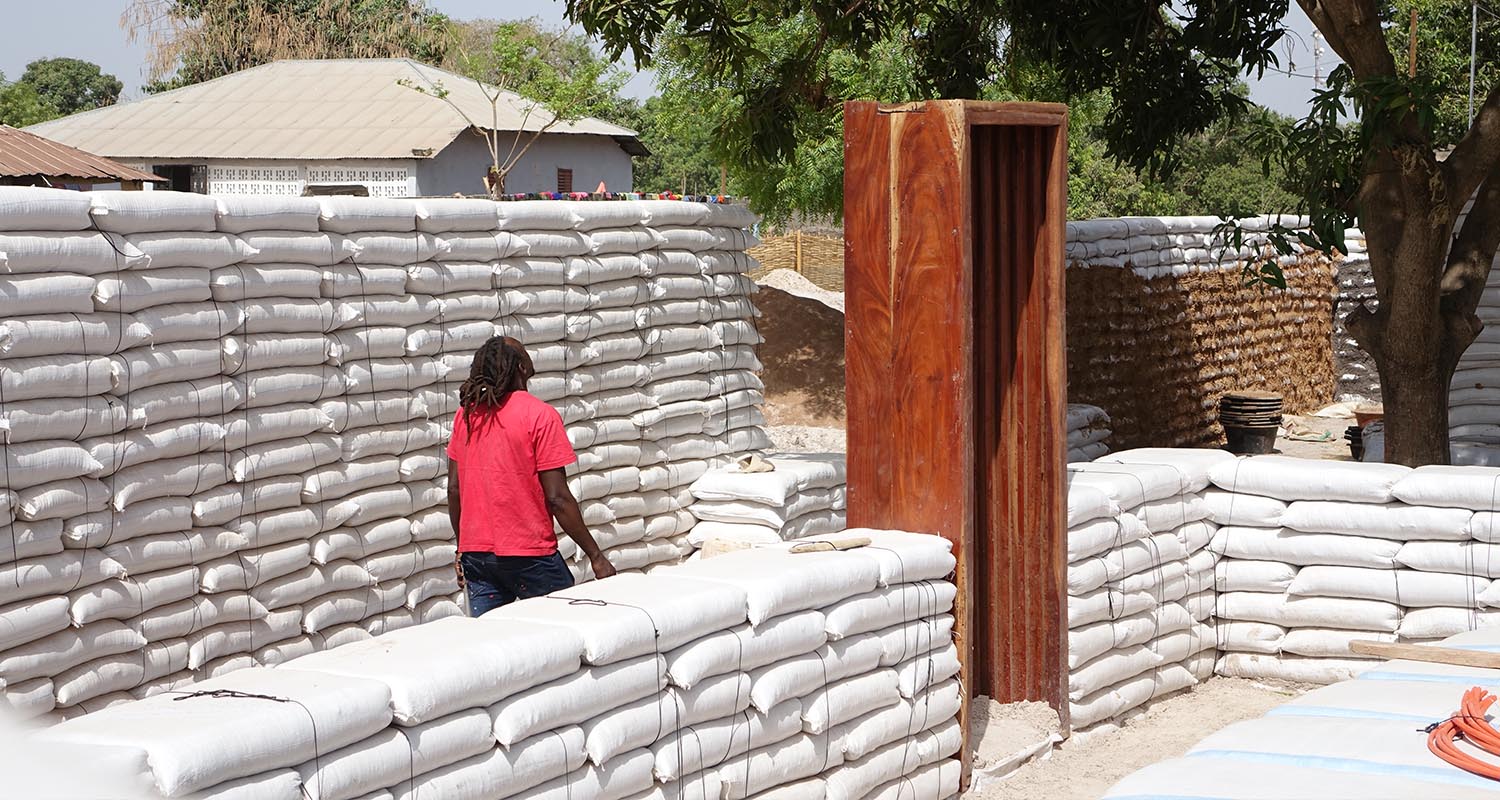
.JPG)
.JPG)
.JPG)
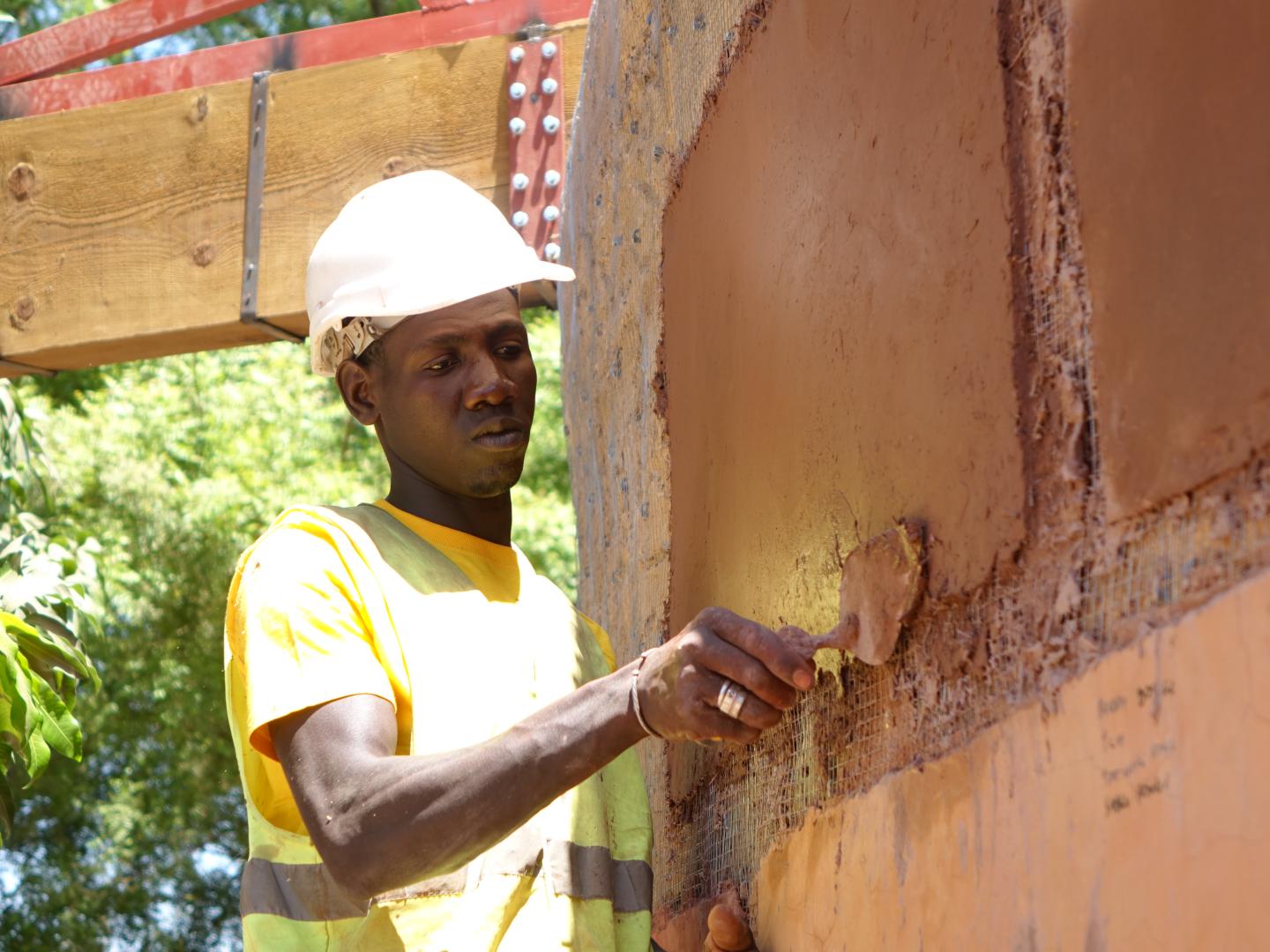
.JPG)
.JPG)
.JPG)
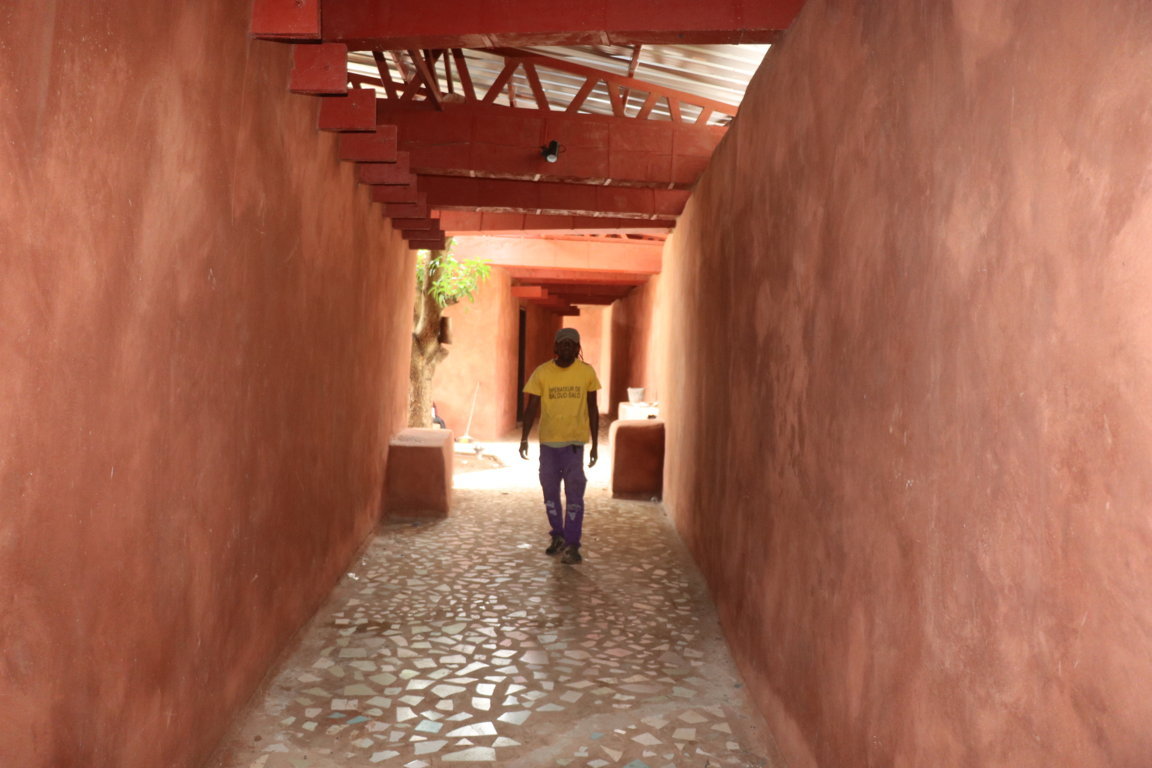
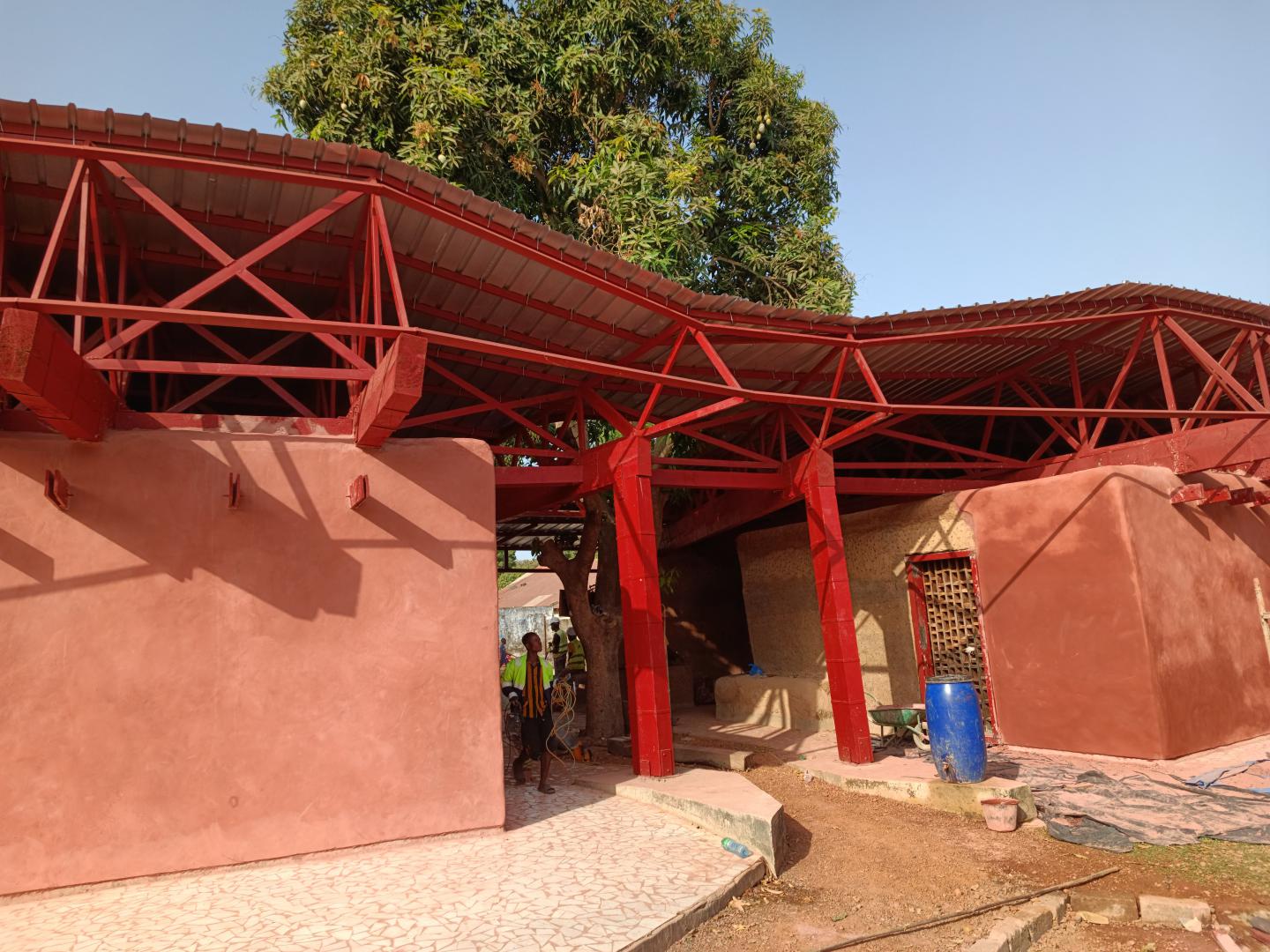
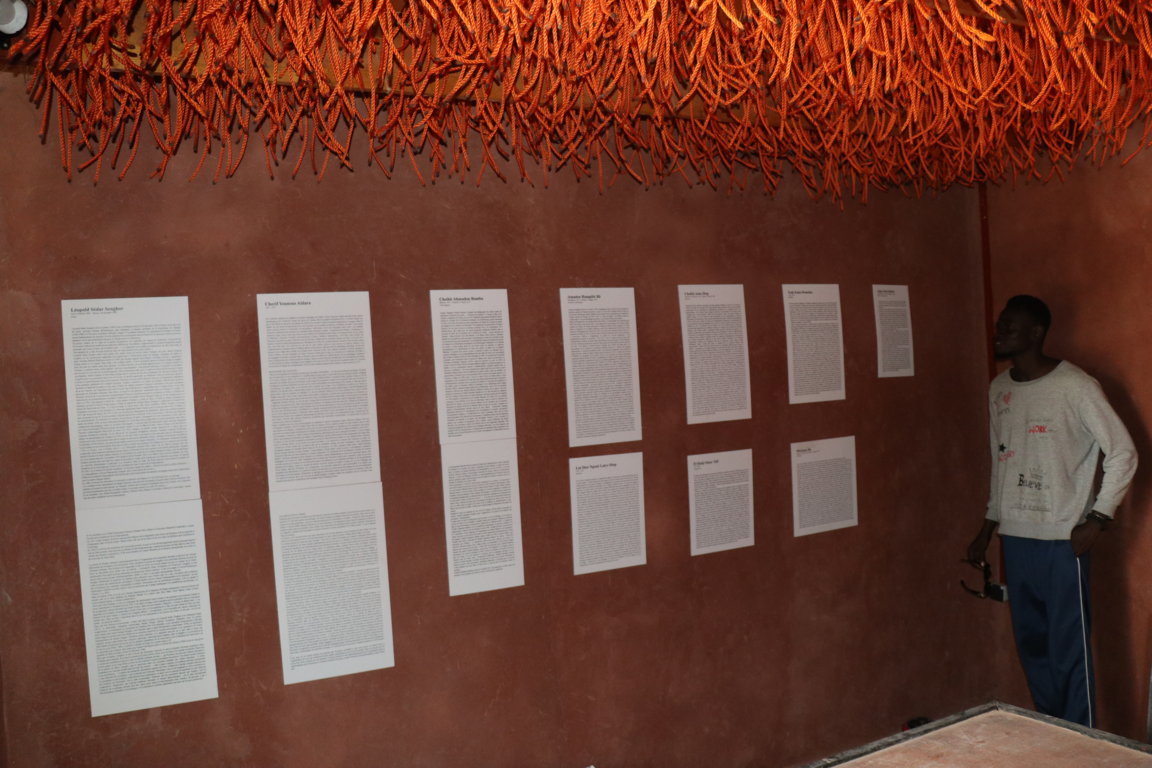

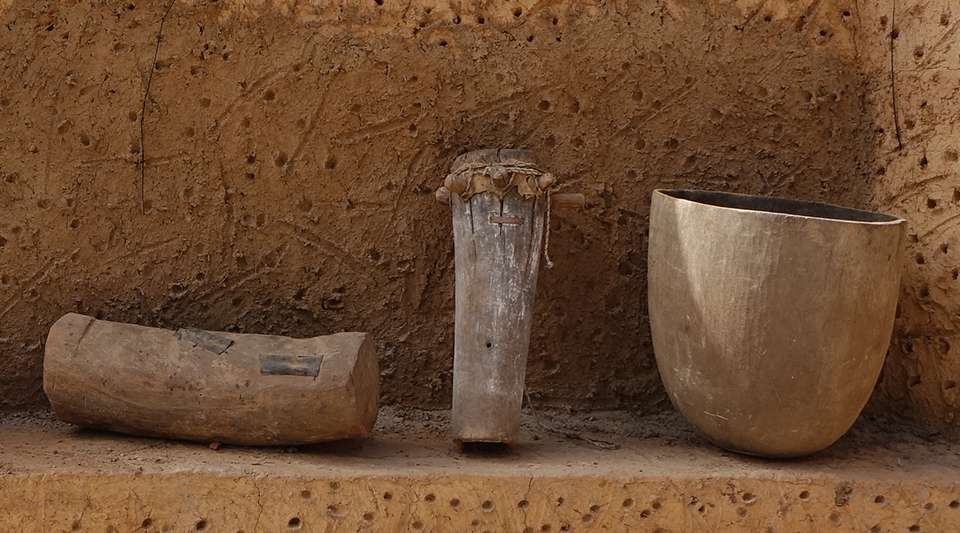
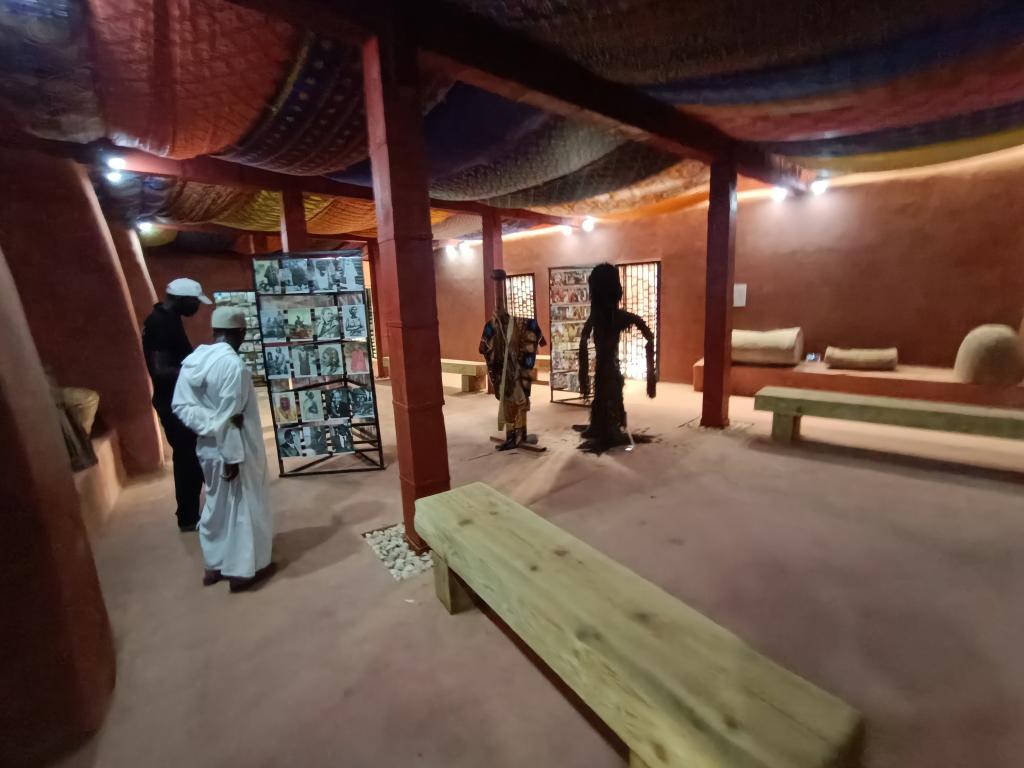
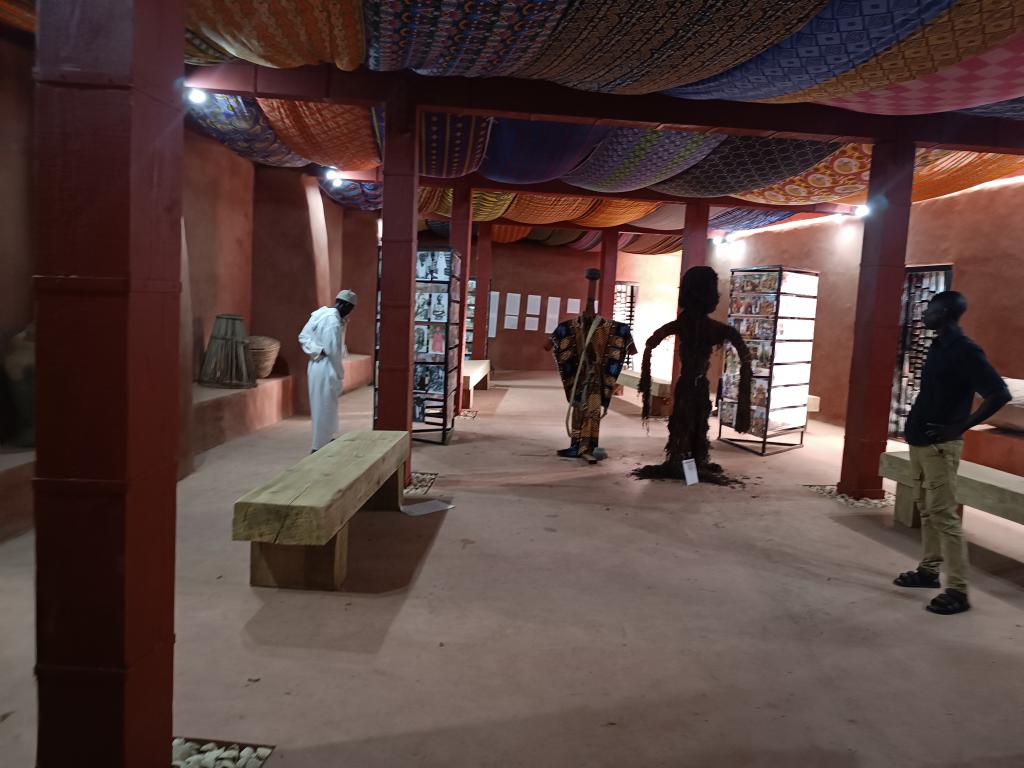
.JPG)
